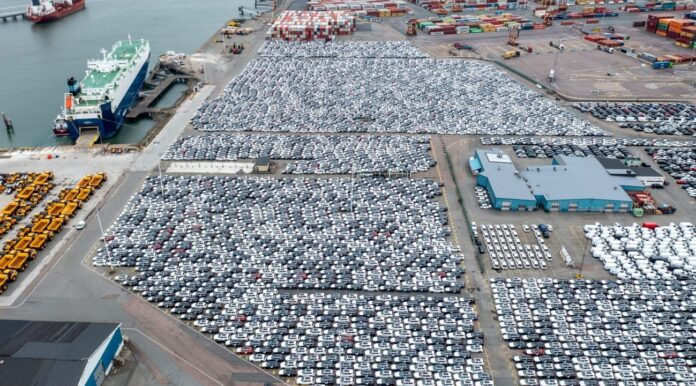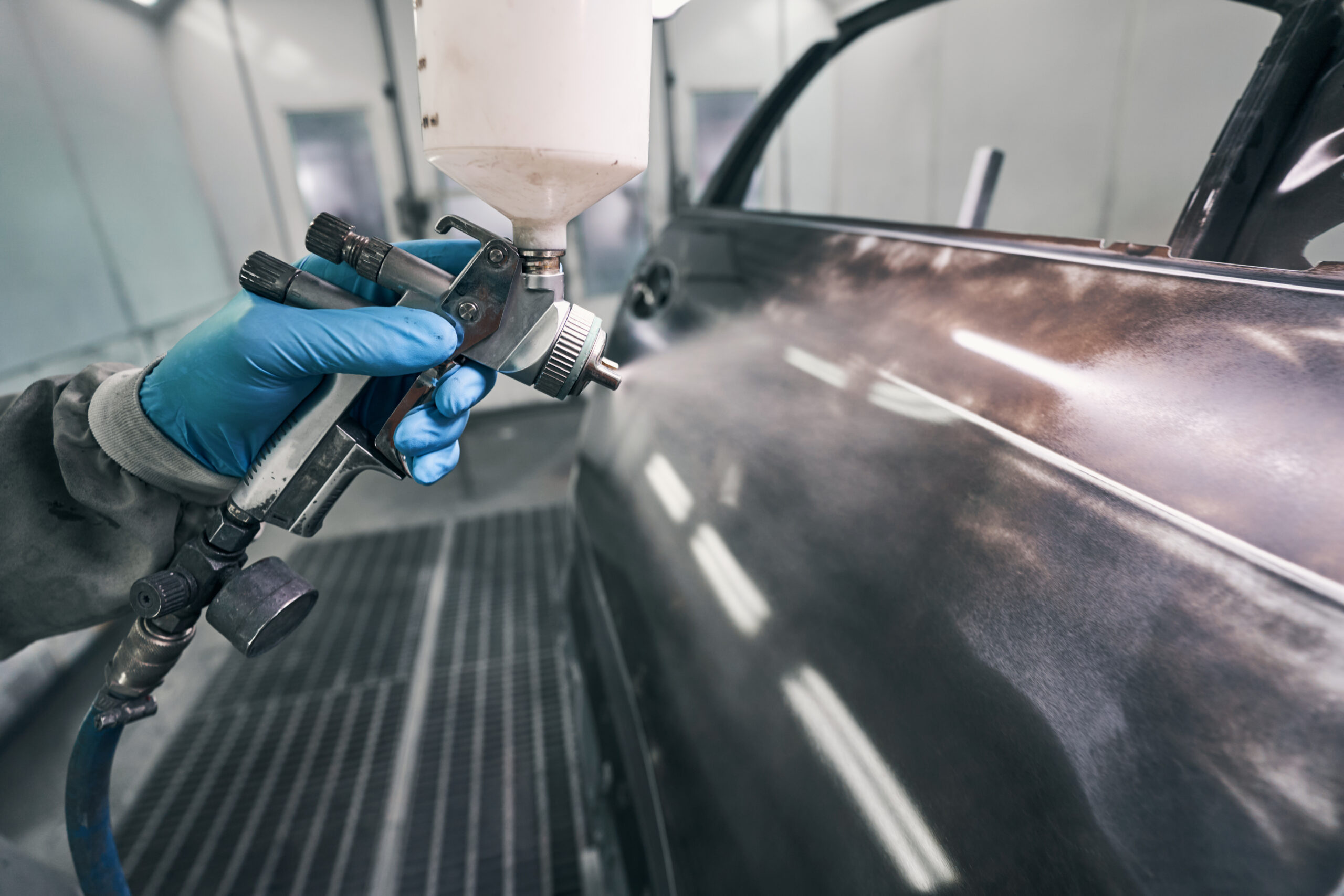INTRODUCTION
The April 2025 BVRLA Leasing Outlook delivers a crystal-clear signal: the UK’s leasing industry is on pause, grappling with economic turbulence, legislative ambiguity, and an electric vehicle (EV) revolution that’s stalling where it matters most—on the used market and in commercial fleets. For UK body shops, these macro movements aren’t just market chatter but direct indicators of upcoming challenges and opportunities in repair volume, vehicle mix, and SMR expectations.
Here’s what you need to know—and prepare for—as the leasing sector reshapes the workshop landscape.
1. Contract Extensions: The ‘New Normal’ Drives Repair Volume
The market is seeing a strategic slowdown. Both business and private customers are extending vehicle leases rather than replacing them. What’s driving this?
- Economic pressure and uncertainty
- High replacement costs due to inflation and taxation changes
- Customers seeking to spread VED hits over more extended periods
Implication for body shops:
- Older vehicles staying longer on roads means more wear-related repairs—think suspension, brakes, and tyres.
- Expect a surge in end-of-lease condition reconditioning, particularly on cars that exceed their contract mileage.
2. EV Saturation Meets a Residual Value Crisis
Battery electric vehicles (BEVs) now account for 38% of new leasing additions, with a staggering 87% uptake in salary sacrifice schemes. However, used EVs depreciate heavily, reaching price parity with petrol equivalents—but at a significant loss to leasing firms.
What this means for repairers:
- Used EV volumes are rising, especially three-year-old ex-fleet cars. Bodyshops must upskill for high-voltage repairs and prepare for second-life EV refurbishments.
- With battery replacements covered under an 8-year/100,000-mile warranty, body shops might soon see battery-related diagnostics and warranty repair facilitation become a key service line.
3. LCVs: Demand Drops, Diesel Dominates, EV Vans Flounder
The van fleet contracted for a fourth consecutive quarter, a dramatic 11% year-over-year drop. While EV vans are trickling in, uptake is “minimal to non-existent” outside urban last-mile niches.
Repair shop impact:
- With longer-held diesel vans, expect more heavy-duty SMR work on high-mileage LCVs.
- Electric vans bring MOT complexity—Class 7 stations must prepare for an influx, particularly those able to test 4.25-tonne CVs.
- Chassis and suspension failures are on the rise in BEV LCVs aged 36–48 months—double that of ICE vans, per Fleet Assist.
4. VED and the £50/Month Blow to EV Viability
From April, the £425 “expensive car supplement” and £195 VED on EVs together add £600/year, or £50/month, to lease rentals. This disincentive is a double blow for:
- Leasing uptake
- Secondhand EV demand
Why it matters to repairers:
- Shrinking demand for new EV leases could stall BEV fleet turnover, slowing the expected boom in EV repair work.
- Battery warranties and cost scrutiny may push more EVs into body shops for non-drivetrain issues as leaseholders seek to avoid warranty breaches.
5. Commission Disclosure and Regulatory Risks
The Supreme Court’s pending ruling on commission disclosure in motor finance could affect leasing documentation and consumer trust. While leasing is not currently under scrutiny, the sector is preemptively updating practices.
For repair shops involved in vehicle sales or leasing tie-ins:
- Stay informed—consumer transparency regulations could soon extend to your business if you offer lease-based repair finance or work with brokers.
6. Connected Vehicle Data and Proactive SMR: A Game Changer
As fleets embrace connected tech, predictive maintenance is gaining traction. Booking lead times have increased to 13–14 days, and fleets demand more uptime.
Opportunity:
- Bodyshops integrating connected diagnostics and offering fleet-prioritised slots will be better placed to secure contracts.
- Develop capacity for just-in-time parts prep and remote diagnostics—they’ll soon be the norm.
7. The Rise of Second-Life Leasing
With used car leasing up 8.5%, second-life leases are becoming a serious business model, especially for ex-fleet EVs.
Takeaway for repairers:
- These vehicles must look the part and perform efficiently—meaning refurbishment and detailing services are a growth area.
- Offering battery health checks and SOH reporting will set forward-thinking workshops apart.
CONCLUSION: Navigate the Pause with Precision
The 2025 BVRLA Leasing Outlook paints a picture of a market pausing—but not collapsing. The lease freeze reflects caution, not stagnation. For body shops, that pause offers a chance to pivot strategically, especially in:
- EV readiness
- Battery diagnostics
- LCV capacity planning
- Fleet SMR innovation
Bodyshops that analyse data, understand policy shifts and focus on tech-savvy service delivery will not only survive the leasing slowdown but also lead through it.
Want to stay ahead? Follow AutoBodyBible.com for regular updates and industry insights.




